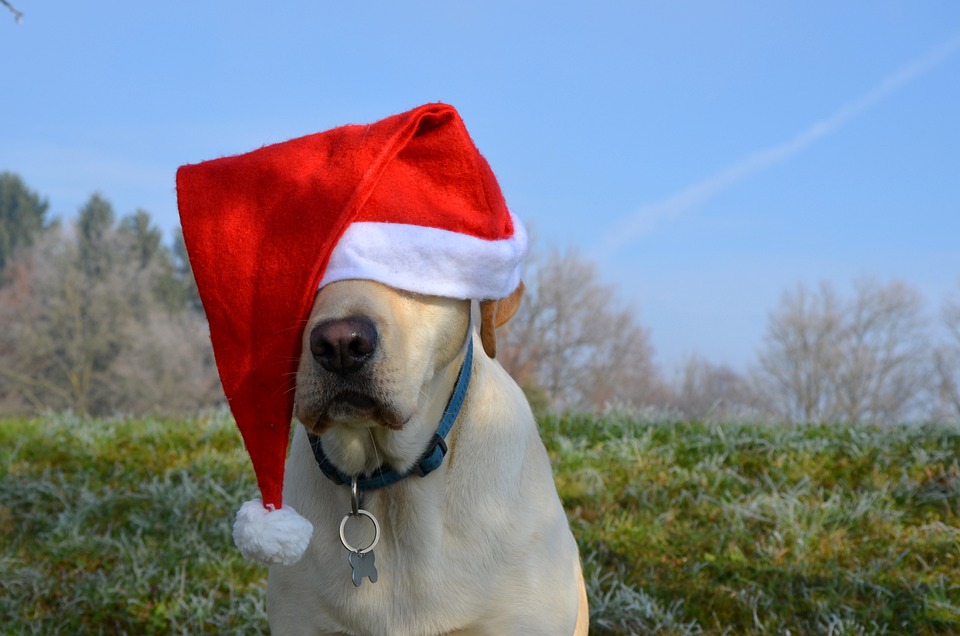Building a Strong “Come” Command for Off-leash Reliability: A Comprehensive Guide
Introduction:
Having a reliable “come” command is crucial for any dog owner, especially when it comes to off-leash training. It not only ensures the safety of your furry friend but also allows for a more enjoyable and stress-free experience when exploring the outdoors. In this comprehensive guide, we will discuss the importance of a strong “come” command and the benefits of off-leash training for dogs.
1. Understanding the Basics of “Come” Command Training:
The “come” command is one of the most important commands to teach your dog. It allows you to gain control over their movements and keep them safe in various situations. Before diving into the training process, it is essential to choose the right approach. Positive reinforcement-based methods, such as treats and praise, are highly recommended as they create a positive association with the command and encourage your dog to respond willingly.
To build a strong “come” command, start with a solid foundation by mastering basic commands such as sit, stay, and down. These commands establish a level of obedience and respect between you and your dog, making it easier to progress to more advanced training.
2. Step-by-Step Training Process:
a. Establishing a Positive Association with the Command:
Begin by associating the word “come” with positive experiences. Say the word in a happy tone and reward your dog with treats or praise every time they come to you. This helps them understand that coming to you is a rewarding and enjoyable experience.
b. Teaching the Recall Cue:
Once your dog understands the association between the word “come” and positive outcomes, start incorporating a recall cue such as a whistle or a hand signal. Use the cue consistently and reward your dog each time they respond correctly.
c. Using High-Value Rewards for Motivation:
To increase your dog’s motivation to come to you, use high-value rewards such as their favorite treats or toys. This will make the “come” command more enticing and reinforce their desire to respond promptly.
d. Gradual Progression: From Controlled Environments to Distractions:
Start training in a controlled and distraction-free environment, gradually introducing more distractions as your dog becomes more reliable. This could include practicing in different locations, with other dogs around, or in the presence of tempting smells or sounds.
e. Proofing the Command: Generalization and Real-Life Scenarios:
To ensure your dog’s reliability in real-life situations, practice the “come” command in various scenarios. This could include calling your dog from a distance, during playtime, or when they are engaged in something else. Consistency and repetition are key to reinforcing the command’s reliability.
3. Tips for Reinforcing the “Come” Command:
a. Consistency is Key: Maintaining Clear Expectations:
Consistency in both your command and your expectations is crucial for successful training. Use the same command word, tone, and body language each time you call your dog. Set clear expectations and reinforce the command consistently.
b. Avoiding Common Mistakes and Pitfalls:
Avoid using the “come” command for negative experiences, such as bath time or leaving the park. This can create a negative association and decrease your dog’s willingness to come when called. Additionally, do not call your dog if you are unable to enforce the command, as this can undermine their trust in you.
c. Incorporating Training Games and Exercises:
Make training fun by incorporating games and exercises that reinforce the “come” command. Play hide-and-seek or recall races to keep your dog engaged and excited about responding to your command.
d. Building Trust and Strengthening the Bond with Your Dog:
Building a strong “come” command requires trust and a strong bond between you and your dog. Spend quality time together, engage in positive reinforcement-based training, and provide plenty of love and affection. This will strengthen your bond and increase your dog’s willingness to respond to your commands.
4. Troubleshooting and Frequently Asked Questions (FAQs):
a. What if my dog doesn’t respond to the “come” command?
If your dog is not responding, go back to the basics and reinforce the command in a controlled environment. Increase the value of the reward and use a more excited tone to grab their attention.
b. How long does it take to train a reliable recall?
The time it takes to train a reliable recall varies depending on the dog’s age, breed, and temperament. Consistency, patience, and regular training sessions are key to achieving reliable results.
c. Can I use an electronic collar for recall training?
While electronic collars can be effective in some cases, they should only be used under the guidance of a professional trainer. Positive reinforcement-based methods are generally recommended for recall training.
d. What should I do if my dog only comes when they feel like it?
If your dog is inconsistent with their response, go back to basics and reinforce the command in controlled environments. Gradually increase distractions and reward heavily when they respond correctly.
e. How do I handle a dog that is easily distracted during recall?
If your dog gets easily distracted, start training in low-distraction environments and gradually increase the level of distractions. Use high-value rewards and practice regularly to improve their focus and response.
Conclusion:
A strong and reliable “come” command is essential for the safety and enjoyment of both you and your dog. By following the steps outlined in this comprehensive guide and investing time and patience into your dog’s training, you can establish a strong “come” command that will ensure their safety and enhance your bond. Remember, training is an ongoing process, so stay consistent, celebrate small victories, and enjoy the journey of building a well-trained and obedient off-leash dog.









